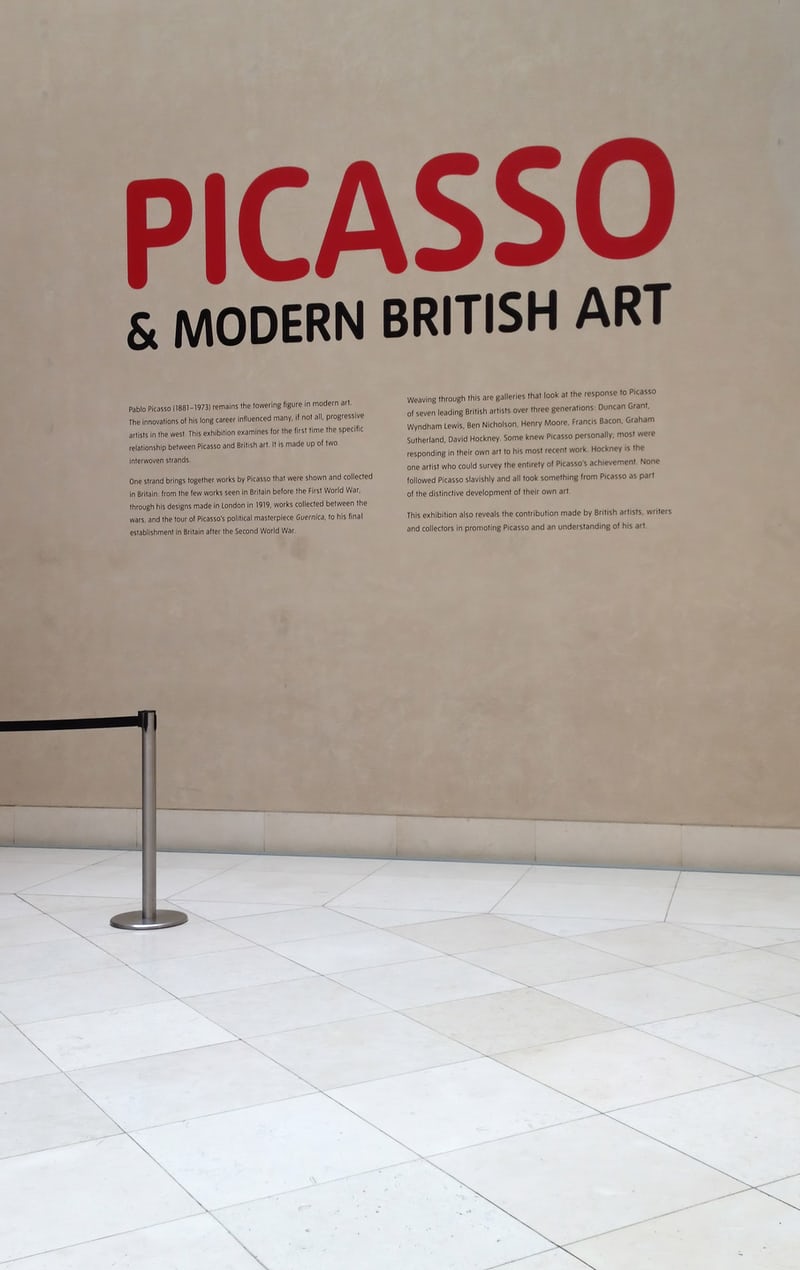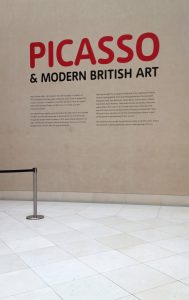
Picasso was a brilliant artist but a poor estate planner.
When you think of "success," what images come to mind?
You likely think of famous business people, scientists, entrepreneurs, or artists.
Oftentimes, regular folks believe successful people are those we should emulate.
According to a recent Celebrity Net Worth article titled “When Pablo Picasso Died He Left Behind Billions Of Dollars Worth Of Art … Yet He Left No Will,” we should be selective about whom we revere when it comes to the lives of the rich and famous.

Pablo Picasso left an estate planning mess for his loved ones.
Case in point?
Pablo Picasso.
Picasso was a famous and prolific artist.
When he died in 1973, he left 1,228 sculptures, 1,885 paintings, 7,089 drawings, tens of thousands of prints, thousands of ceramic art pieces, and 150 sketchbooks.
Although many artists are only recognized as successful after they have died, such was not the case for Picasso.
He amassed a valuable estate over his lifetime, to include five homes and a large portfolio of stocks and bonds.
After his death, distributing his wealth was a nightmare.
Why?
His estate was valued by a court-appointed auditor to be worth between $100-$250 million.
When you adjust for inflation alone, this would be about worth $530 million to $1.3 billion today.
Rights to license his image rights was also an important part of his estate.
Unfortunately, Picasso left no last will and testament.
This was especially problematic because of the nature of his personal life.
Where to begin?
Picasso had four children with three women.
He even had a mistress who lived with him for decades but did not give birth to any children.
In short, Picasso left a mess for his wives, mistresses, and children to sort through.
It took six years to settle this contentious estate battle.
During this time, the estate lost $30 million in legal fees alone.
Yikes!
Unfortunately, contentions continued.
In 1989, Picasso’s son Claude sold the image and signature of his father to a French carmaker.
One grandchild did not like this and attempted to stop the sale.
She did not agree with the commission paid to the agent who brokered the deal.
The agent ended up being her cousin.
Claude also created the Picasso Administration in Paris during the 1990s.
What is the Picasso Administration?
It manages the jointly owned property of the heirs, controls the rights to exhibitions and reproductions of the works made by Picasso, and authorizes merchandising licenses for his work, name and image.
Stolen work, forgeries, and illegal uses of the his name are also investigated by this administration.
This is important because Picasso has been the most exhibited, most stolen, most reproduced, and most faked artist of all time.
Although Picasso left a troublesome estate, those who inherited are just fine.
His youngest daughter is the wealthiest with $600 million.
Even so, the Picasso family could have avoided years of contention and legal fees if he had simply created an estate plan.
Reference: Celebrity Net Worth (Sep, 13, 2020) “When Pablo Picasso Died He Left Behind Billions Of Dollars Worth Of Art … Yet He Left No Will”
REMEMBER: “The choice of a lawyer is an important decision and should not be based solely upon advertisements.”
This statement is required by rule of the Supreme Court of Missouri.
